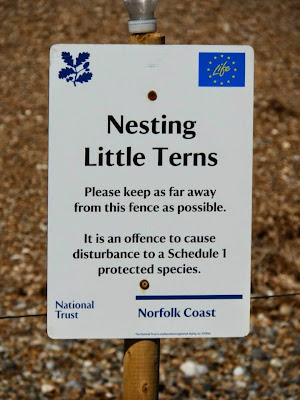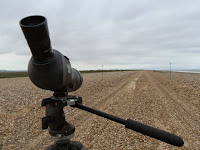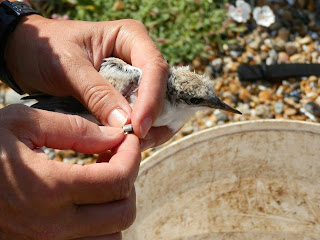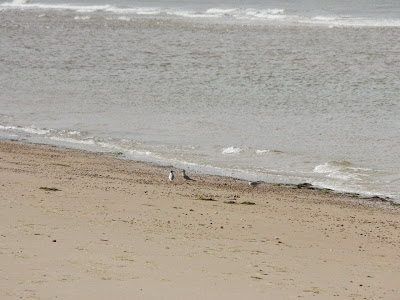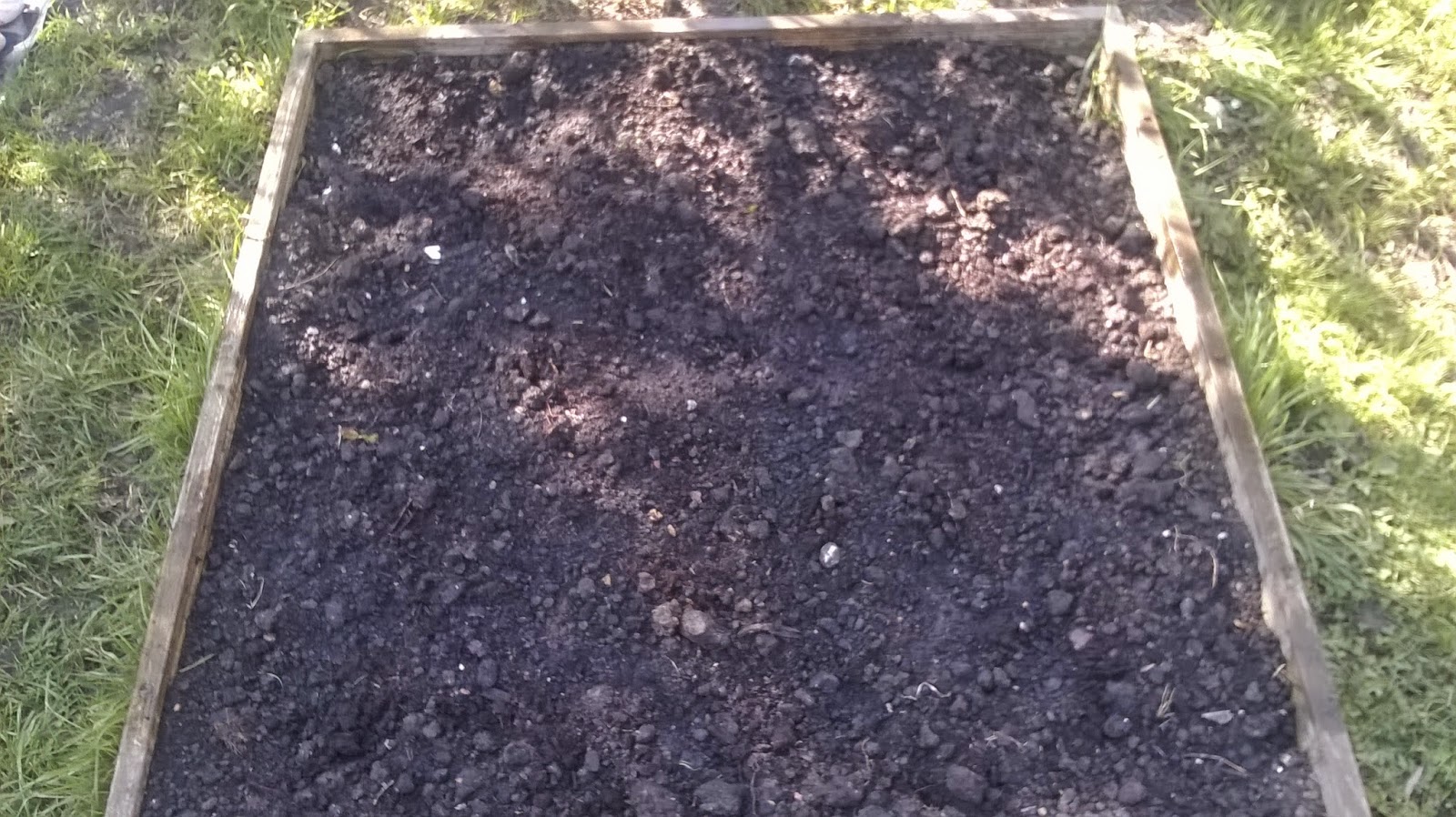Vultures are a bird that many people find repulsive due to their "ugly" appearance and scavenger feeding behaviours, but they are a vital part of many ecosystems and play an important role in stopping the spread of diseases.
| White-backed Vulture (Gyps africanus) [ Old World Vulture ] |
Vultures will never hunt live prey, instead scavenging on dead animal carcasses. The rapidity that they are attracted to a new corpse has led to them sometimes being mistaken for killing livestock. The California Condor (Gymnogyps californianus) was a victim of this, on occasion being witnessed feeding off of cattle carcasses. This led to persecution and the strong opposition to conservation programmes to reintroduce them to areas as people feared they would kill their livestock.
The acid in a vultures stomach is key to making them such an effective scavenger, and it is this that helps them to be so important in reducing diseases in the ecosystem. The acid is highly corrosive and can digest diseases such as cholera, anthrax and rabies, removing them and so preventing the spread to other wildlife and people. This acid can also be used as an effective defence mechanism, vomiting at predators in order to drive them away.
 |
| California Condor (Gymnogyps californianus) [ New World Vulture ] |
The two groups of vultures are named "Old World" and "New World". New World Vultures, i.e California Condor , are generally found in the Americas and are characterised by their unusually good sense of smell. The Old World Vultures, i.e White-backed Vulture (Gyps africanus), are more widespread, found in Europe, Africa and Asia and rely on their sight to find food.
On a trip to South Africa a couple of years ago I was fortunate enough to visit a wildlife rehabilitation centre called Moholoholo, which among numerous different species would also rescue vultures, unfortunatly often persecuted in this part of the world. The vultures would be released back into the wild but supported by the centre for a short while after by feeding them every so often through putting out an animal carcass.
| Photographs I took of the vultures feeding at Moholoholo. |
I saw many vultures on this trip, a huge bonus for me as I find them particularly fascinating. On safari I saw critically endangered White-backed vultures and vulnerable Lappet-faced vultures (Torgos tracheliotos). These species work hand in hand together in the African wilds. When an animal dies and the vultures descend, the Lappet-faced vulture uses its specially designed beak for tearing open the thick skin and outer flesh, opening up the carcass for the White-backed vultures to get inside. Without this the White-backed vultures would not be able to penetrate the carcass and do their vital clean up job.
The photographs below are ones I took at Moholoholo of rescued birds, showing the differences between their beaks, it is very easy to see how they are shaped in order to carry out specific roles.
White-backed vulture, -->
with longer reaching beak, designed for eating inner parts of the carcass.
with longer reaching beak, designed for eating inner parts of the carcass.
A while back I watched a programme on vultures called "Vultures - Beauty in the Beast"
which was aired on the BBC as part of the Natural World series. This
show gave a wonderful representation for a quite poorly understood
animal, and was educational as well as entertaining.
It helps to highlight the need for greater education on this highly important and misunderstood animal and conservation efforts to protect them, as unfortunately the majority of vultures in the world have decreasing population trends and are classed as near-threatened if not already critically endangered in some cases, such as the White-backed vulture and the California Condor.
More information on Vultures - Beauty in the Beast can be found here: http://www.bbc.co.uk/programmes/b03sfvhd and I would highly recommend watching it, it's a great programme!
To find out more about Moholoholo and the great rescue and rehabilitation work that they do in South Africa, their website is : http://www.moholoholo.co.za
| One of my favourite photographs from my South Africa trip, vultures captured resting at sunset. |

